21/05/2022
IoT platforms: Enabling the Internet of Things
IoT platforms provide a head start in building IoT systems by providing built-in tools and capabilities to make IoT easier and cheaper for businesses, developers, and users.
IoT platforms are a vital component of the IoT ecosystem and a fast-growing market, expected to exceed $22 billion by 2023. IoT platforms provide a huge amount of value to businesses – allowing them to lower development costs, accelerate launch and streamline processes. However, many people are still unclear on what an IoT platform is exactly, what they do, and when a business should use one.
In this paper, we will provide a simple, non-technical explanation of IoT platforms. What they are, What are their solutions, How to send data to the cloud, and the important considerations when choosing between the many options.
1. So What Is an IoT Platform Exactly?
1.1 IoT Platform as the middleware
IoT platforms originated in the form of IoT middleware, which purpose was to function as a mediator between the hardware and application layers. Its primary tasks included data collection from the devices over different protocols and network topologies, remote device configuration and control, device management, and over-the-air firmware updates.
To be used in real-life heterogeneous IoT ecosystems, IoT middleware is expected to support integration with almost any connected device and blend in with third-party applications used by the device. This independence from underlying hardware and overhanging software allows a single IoT platform to manage any kind of connected device in the same straightforward way.
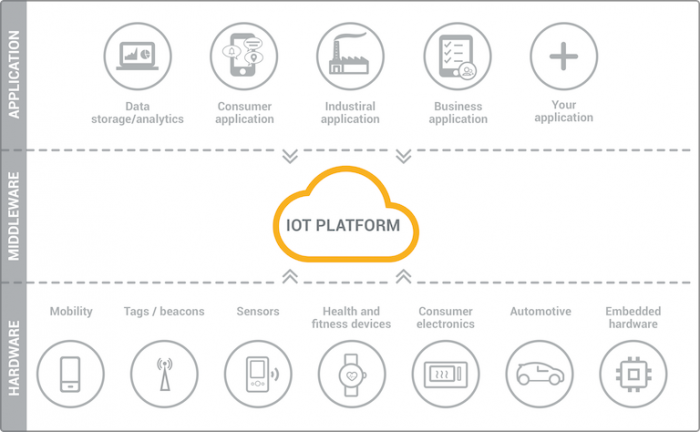
Figure 1.1. Source: kaaproject
Modern IoT platforms go further and introduce a variety of valuable features into the hardware and application layers as well. They provide components for frontend and analytics, on-device data processing, and cloud-based deployment. Some of them can handle end-to-end IoT solution implementation from the ground up.
1.2 Which type of device connectivity is supported?
Your IoT platform should allow interoperability between multiple connectivity technologies:
| Tradition cellular |  |
| Cellular LPWA |  |
| Non-cellular LPWA |  |
| Satellite |  |
| WLAN |  |
| Wired LAN |  |
| Non-IP wireless |  |
1.3 Which messaging and industrial protocols can be used?
If an IoT platform is the core of your solution, then protocols are the communication languages. Just as new use cases are cropping up within the IoT industry, fit-for-purpose IoT protocols for their deployment are emerging along the way. What is really needed is to pick the protocol that best suits your business needs and requirements (security demands, quality of service, memory and power consumption) and to lean on the platform which supports it.
Ideally, your loT platform will support protocols such as MQTT, CoAP, AMQP, HTTP as well as legacy communication protocols mainly used for industrial automation processes such as Modbus TCP, Modbus RTU, Profibus, Profinet, EtherCAT, CAN, OPC-UA.
1.4 How do I scale to new systems and device types if my requirements change in the future?
As your business grows, so do your requirements. So, the connectivity between things should work, no matter which hardware is used. Through agnostic architecture, your IoT platform will provide interoperability and a future-proof guarantee that new protocols will be supported and easily integrated. Competitive advantage can be achieved by a broad set of tools that promote interoperability throughout the IoT solution and among a heterogeneous mix of devices.
2. What problem can IoT platforms solve?
2.1 Challenges in realizing a pervasive IoT
Managing complexity
- Many of these challenges ultimately flow from the issue of complexity mentioned earlier. This complexity derives from a number of factors, for example:
- Fragmented supply chains and ecosystems
- Diverse standards and technologies
- The need to change fundamental business or organizational processes
- There is a lack of experience in developing connected products and services
- Occasionally uncertain regulatory environments
- There is difficulty in determining the return on investment (ROI)
Creating and maintaining reliable connections
Creating and maintaining reliable connections becomes increasingly important as IoT systems become embedded into critical infrastructure and key use-case domains. There are a plethora of connectivity standards and technologies to choose from and this exacerbates the complexity challenges mentioned above.
Generally, IoT developers and implementers have the following four classes of connectivity technologies from which to choose: wireline, SRW (including meshing networking), long-range wireless sensor (including cellular and low power wide area networking), and satellite. Within each class are numerous specific technologies and standards.
Ensuring data security and privacy
As IoT applications permeate industry and society, these applications create increasingly critical dependencies.
The risks posed by inadequate IoT security are generally as follows:
- Theft of data from the systems or theft of material items as a result of information gained illicitly from compromised systems.
- Danger to health and safety from compromised systems not operating in the intended manner.
- Loss of productivity from compromised systems not operating in the intended manner.
- Loss of privacy from information gained from a compromised system or illicit access to information about a system’s operation.
- Non-compliance with laws or regulations as a result of loss of data from a compromised system.
- Damaged reputation as a result of losing customers’ sensitive data or harm to customers from compromised systems.
IoT security must be implemented at the device level and in the network, cloud, and enterprise back-end systems. Security must be ensured for data at rest (stored data), data in use (on a device), and data in motion (data transported across a network). However, doing so is particularly challenging for IoT applications due to a number of factors:
- Unattended remote devices are often physically accessible to an attacker.
- Low-cost, battery-powered remote devices and sensors often lack sufficient processing power to host traditional client-server security mechanisms.
- Inexperienced developers in regards to cybersecurity best practices, which are prevalent at companies shifting from traditional technological approaches and business models to an IoT model.
- Proliferating threat vectors resulting from an expanded attack service as the number and types of remote devices and systems increase. Encryption forms the primary base on which IoT cybersecurity is implemented. Cybersecurity systems seek to ensure:
- Authentication ensures that the device or object is as described.
- Availability ensures access to information and services provided by a device.
- Confidentiality ensures the privacy of data at rest on a device or in motion between devices.
- Integrity ensures that the device is operating and communicating in a trusted manner.
Although cryptography mechanisms can be implemented in the remote device in software, there is growing recognition that software-only systems provide an inadequate level of security. Two primary hardware-based approaches are in use: one is to implement cryptography and other cybersecurity techniques in a standalone security coprocessor running alongside the main host processor, and the other is to implement these in hardware circuitry that is designed directly into the host processor.
Using data optimally
A particular area of complexity hindering the IoT market is the optimal management and use of the data flowing from various sources, including connected devices and sensors. This complexity presents itself in seven key areas of data utilization:
- Data security
- Data volume
- Data diversity
- Data velocity
- Data analytics
- Data economics
- Data logistics
Enabling an open IoT ecosystem
Open ecosystems and cross-vertical, cross-value chain collaboration are crucial in the IoT because much of the proposed innovation and value is due to “mash ups” (e.g. integration) of data from diverse sources, ranging from connected machine and sensor data, social media, and traditional ERP/CRM systems to open government databases.
Assuming security, privacy, and incentive concerns are addressed, open ecosystems enable data to be shared between primary developers/implementers (which have deployed connected machines and sensors and own the resulting data) and secondary developers/implementers (third parties which repurpose data from primary developers/implementers into new applications).
Suppliers further benefit from participating in a successful, open ecosystem by enjoying a larger potential addressable market than they otherwise might have in trying to offer a vertically-integrated solution on their own.
2.2 IoT platforms are a key solution
There are not any quick fixes for the challenges facing the IoT market. Certainly, few companies can affect major regulatory initiatives substantially. However, IoT platforms are a key tool to ameliorate and redress the challenges described in this whitepaper. What exactly is an “IoT platform”? This is a complex question due to the ambiguity of the varied uses of the term by the multitude of players in the IoT market.
IHS defines an IoT platform as “cloud-based and on premise software packages and related services that enable and support sophisticated IoT services”. In some instances, IoT platforms enable application developers to streamline and automate common features that would otherwise require considerable additional time, effort and expense. In other instances, IoT platforms enable enterprises to manage thousands, millions, and even billions of devices and connections across multiple technologies and protocols. Finally, in some cases, IoT software enables developers to combine device and connection data with enterprise-specific customer and ERP data as well as data from third-party sources like social and weather data to create more valuable IoT applications.
By analyzing dozens of vendors through primary and secondary research methodologies, IHS has developed a taxonomy of software-related functions comprising what IHS considers to be the entire IoT platform stack. At the highest level, this analysis finds that an IoT software platform will incorporate some combination of the following five functional areas. Each of these must be addressed in order to develop, on board, operate and manage an IoT application:
- Cloud/data center services are now a staple of general ICT service delivery as more and more organizations rely on hosted computing and data storage resources. Amazon Web Services, Google, and Microsoft are among the largest cloud computing providers globally. Cloud computing is imperative to IoT applications.
- Data management focuses on managing the flows of data between applications and from a geospatial perspective. A key aspect of this relative to the IoT is the “mashup” of data from machines and sensors with data from traditional CRM/ERP systems, open government databases, and social media.
- Application enablement entails tools that assist IoT developers and implementers in rapidly and efficiently prototyping, building, integrating, and managing IoT applications. Application enablement platforms (AEPs) are often offered on a standalone basis in addition to being part of a larger IoT platform. They essentially provide business logic, such as the ability to define rules and alerts, which are common to most IoT applications, enabling the developer to focus on the differentiating aspects of the application that are unique to the market.
- Connectivity management is particularly applicable in the context of rated cellular connectivity services, but is also necessary in the context of large-scale, private networks. In addition to their role as a part of a larger IoT platform, connectivity management platforms (CMPs) are also deployed on a standalone basis by mobile operators and offered by vendors such as Jasper and Ericsson. Their primary role in a cellular context is to: provide for automated remote bulk provisioning of SIM card-enabled devices directly by the customer, remote troubleshooting, authentication and security, flexible billing and rating, management of thresholds and alerts, management of the connection directly by the customer (e.g. connection turn-on, turn-off, suspension, etc.), and integration of the platform’s functionality into the customer’s existing enterprise management systems via application programming interfaces (APIs) as well as web-based user interfaces. Additionally, as most IoT connections are to non-cellular devices, the ability to manage technologies beyond cellular will increasingly be a key feature for IoT platforms.
- Device management/device clouds are often offered on a standalone basis by IoT devices vendors (e.g. module and gateway/router vendors) to facilitate and encourage adoption of these vendors’ devices for IoT applications by customers. Device clouds perform a variety of functions that center on network-centric device control, diagnostics, and optimization.
Figure below places the above collection of software and services that IHS terms an “IoT platform” into the context of the larger IoT ecosystem. It is important to note that IoT platform functionality is not standardized in the market. Some IoT platform vendors offer a number, but not all, of the components listed below. Often, full platform functionality is accomplished with the aid of ecosystem partners contributing important pieces of the puzzle.
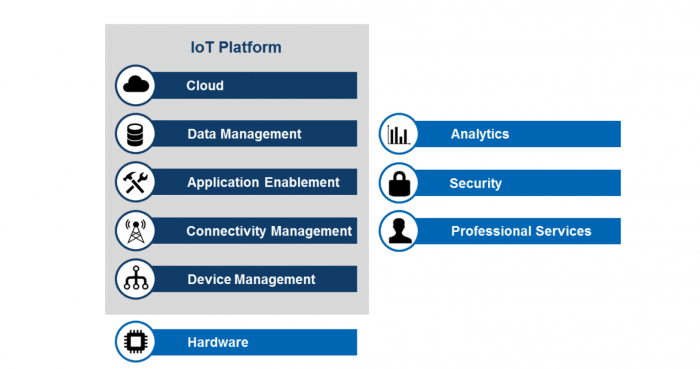
Figure 2.1. IoT platform diagram. Source: IHS
The main purpose of IoT platforms is to reduce the complexities discussed above for IoT developers, service providers, and implementers. Think of an iceberg; most of the ice mass is submerged below the waterline. Similarly, many, if not most, IoT applications share a large percentage of core functionality. Functions such as rules for thresholds and alerts, multiprotocol support, over-the-air firmware downloads and remote diagnostics are largely the same whether the IoT application is a fleet management service or a smart meter deployment. Much like the visible tip of the iceberg, the aspects of the IoT application that are truly unique and differentiated are typically quite a small portion of the overall application.
IoT platforms therefore enable the IoT developer to focus on the differentiated and unique value the application provides and outsource common, industry-wide features and functionality. This obviously reduces time to market, needed investment and expertise, and risk.
3. What is IoT Platform technology?
3.1 IoT Platform technology stack
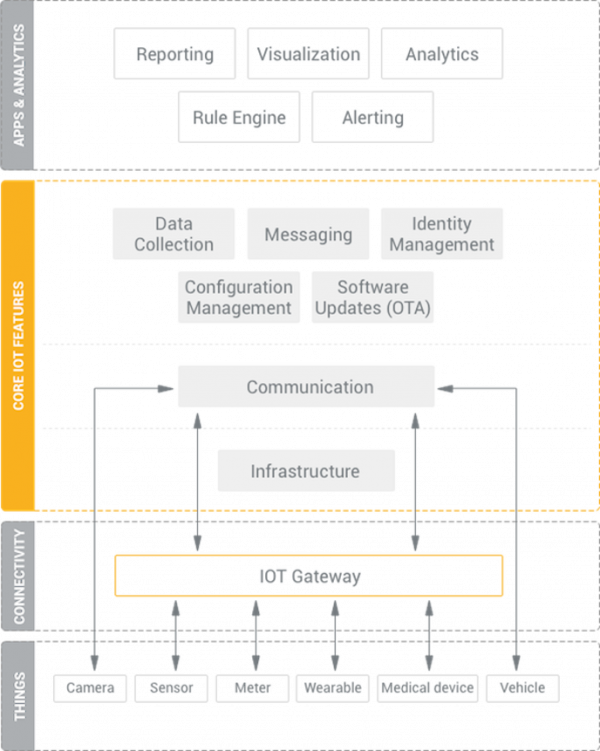
Figure 3.1. IoT Platform technology stack. Source: kaaproject
In the four typical layers of the IoT stack, which are things, connectivity, core IoT features, and applications & analytics, a top-of-the-range IoT platform should provide you with the majority of IoT functionality needed for developing your connected devices and smart things.
Your devices connect to the platform, which sits in the cloud or in your on-premises data center, either directly or by using an IoT gateway. A gateway comes useful whenever your endpoints aren’t capable of direct cloud communication or, for example, you need some computing power on edge. You can also use an IoT gateway to convert protocols, for example, when your endpoints are in LoRaWan network but you need them to communicate with the cloud over MQTT.
An IoT platform itself can be decomposed into several layers. At the bottom there is the infrastructure level, which is something that enables the functioning of the platform. You can find here components for container management, internal platform messaging, orchestration of IoT solution clusters, and others.
The communication layer enables messaging for the devices; in other words, this is where devices connect to the cloud to perform different operations.
The following layer represents core IoT features provided by the platform. Among the essential ones are data collection, device management, configuration management, messaging, and OTA software updates.
Sitting on top of core IoT features, there is another layer, which is less related to data exchange between devices but rather to processing of this data in the platform. There is reporting, which allows you to generate custom reports. There is visualization for data representation in user applications. Then, there are a rule engine, analytics, and alerting for notifying you about any anomalies detected in your IoT solution.
Importantly, the best IoT platforms allow you to add your own industry-specific components and third-party applications. Without such flexibility adapting an IoT platform for a particular business scenario could bear significant extra cost and delay the solution delivery indefinitely.
From the diagram below we see the important components in the Globiots platform.
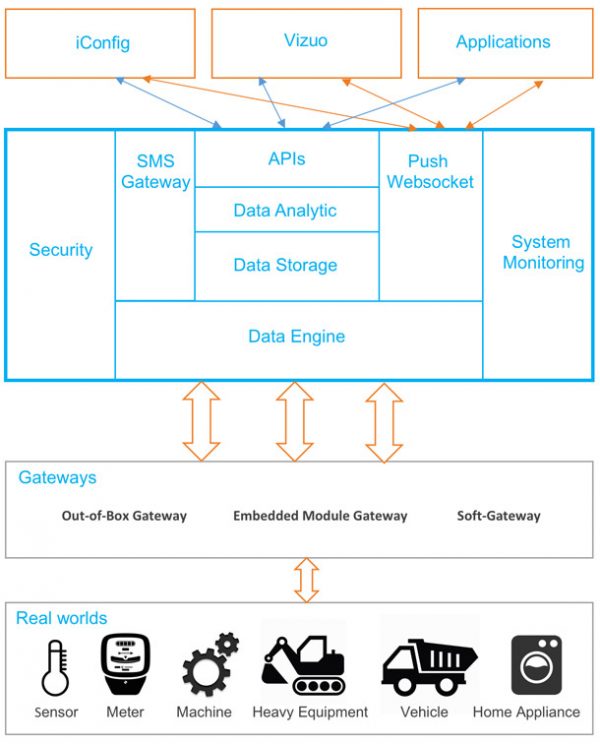
Figure 3.2. Globiots architecture. Source: Daviteq
3.2 IoT Cloud Platforms
This category of IoT platforms provides the core building blocks for your product, including consuming, transporting, storing, analyzing, and displaying data. As the name implies, their aim is to enable the rapid development of your application by abstracting the complexities of building an IoT solution.
There are hundreds of Internet of Things platforms in the market so it can be daunting to figure out which one to use. Application enablement platforms come in all flavors, including:
- Industrial platforms
- Consumer platforms
- Platforms targeting developers
- Higher-level (drag-and-drop) platforms, good for prototyping or MVPs
- Platforms focusing on specific verticals
- On-premise vs. Edge vs. Cloud platforms
3.3 IoT Analytics Platforms
The goal of an IoT product is not to collect data. It is to provide actionable insights to your users. That’s why analyzing the data is as important (if not more) than collecting the data.
Most of the Cloud platforms already include analysis tools, which may be enough for many applications.
But if your application has additional requirements around visualization, data processing, digital twins, artificial intelligence (A.I), or machine learning (ML), an IoT analytics platform can accelerate your IoT development.
4. How to select the right IoT platform?
4.1 Choosing an IoT platform
Integrating IoT technology into a project can drastically expand that project’s capabilities and functionality. But this requires many decisions regarding both hardware and software. In this blog post, we will look at how to choose which IoT platform is right for you.
When choosing an IoT platform, there are many criteria that need to be considered.
- Language and libraries available
- Messaging protocol requirements
- Security
- Bandwidth and usage allowance
- Application
- Cost
Language and Libraries
All software on the market is inevitably made up of single instructions that a CPU executes, but, most of the time, this code is automatically generated by libraries, so you can focus on the functionality of the program as a whole. Chances are, any IoT platform available on the market should work with any computer language, but the platform developers may have made libraries that work better with specific languages.
If, for example, you have created a project using MicroPython and want to use an IoT platform, it would be a good idea to choose a platform that has premade libraries written in MicroPython. Otherwise, you may have to create your own code from scratch!
Message Protocol Requirements
Any device that is connected to the internet and wishes to send messages to others (including IoT platforms) needs to use a predefined protocol. There are many different types of protocol on the market, and HTTP and MQTT are some of the most popular. Because of the wide range of protocols available, IoT platforms may use different messaging systems.
Security
Security is an odd one, and it can make or break an IoT project quickly. One of the biggest problems with security is the processing power and RAM typically needed to implement it. Just like with messaging protocols, smaller devices such as PICs and Arduinos may struggle to perform advanced security features, including certificates, decryption, and encryption. That is not to say that it’s impossible, but it could cause problems down the line when your device has run out of RAM or has poor throughput. Some IoT platforms will use very basic security measures, such as basic API keys, but others may implement SSL and other complex certificate-based security systems.
Bandwidth and Cost
Bandwidth and usage allowance is very important if you expect your project to stream a lot of data. Most IoT platforms offer some kind of free service, but different platforms will have pros and cons. Some may offer large amounts of data storage, but they might limit the number of messages per minute that can be sent, while others may have an unlimited data stream rate, but they cap the maximum number of data points that can be stored. These same services will also offer paid services, which allow for higher bandwidth and messaging rates, but these prices may differ drastically. If you expect your project to grow, this is something that you should keep in mind.
Application
Application can also be a very important consideration as some environments may have different requirements. Environments such as the medical field will require absolute reliability if used in life critical environments but if used in simple devices such as monitoring wearables then reliability is not much of an issue. IoT devices in logistics (products and packaging) may only require to be incredibly simple and run on a single RFID device which when powered could inform a database of its current location and condition. IoT in homes and business will not require reliability or simplicity but must absolutely consider security. A home that has potential monitoring devices needs to consider if those devices can be abused remotely through unsecure connections.
4.2 Advantage and Disadvantage of some representative IoT platforms
AWS IoT – Amazon
AWS is one of the main products launched by Amazon which is very beneficial for the organization to migrate their services into the cloud. For a business point of view, Amazon provides a way to increase the overall business opportunities in a better way.
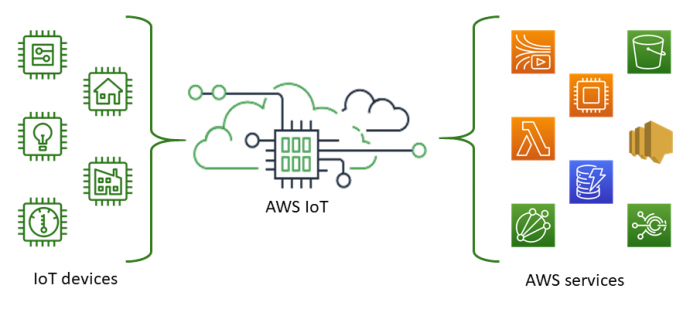
Figure 4.1. AWS is one of the main products launched by Amazon. Source: Amazon
However, AWS has some advantages and disadvantages:
Advantage:
- Highly flexible;
- Instant scalability;
- Rapid product development;
- Hassle free digital infrastructure transition;
- Pay per usage pricing criteria.
Disadvantage:
- Transactions may be of high priced;
- Speed and information retrieval can take lots of time to proceed.
Azure IoT – Microsoft
Microsoft Azure is a set of cloud services that are designed to meet the needs of the average business. It is designed to give each business the freedom to build, manage, and deploy applications on a global network without forcing you to give up your favorite frameworks or tools.
Here are the advantages and disadvantages to consider if you’re taking a closer look at Microsoft Azure for your business today.
Advantage:
- High availability;
- Strong security profile;
- Good scalability options;
- Cost-effective solution for an IT budget;
- Multiple redundancies in place to maintain data access;
- Use any framework, language, or tool;
- Access to app connectors within the Microsoft family of products;
- Automate many of repetitive tasks;
- Build a hybrid infrastructure;
- Access to a rich set of artificial intelligence services.
Disadvantage:
- You’ll need to manage Azure to make it effect;
- You must have platform expertise available;
- Azure almost forces you to put all your eggs into one basket;
- Speed can be an issue for some businesses;
- The ease of access may be problematic for some businesses.
Globiots – Daviteq
Globiots is an IoT platform aimed at industrial applications developed by Daviteq since 2012, based on 17 years of experience in the field of industrial measurement and control.
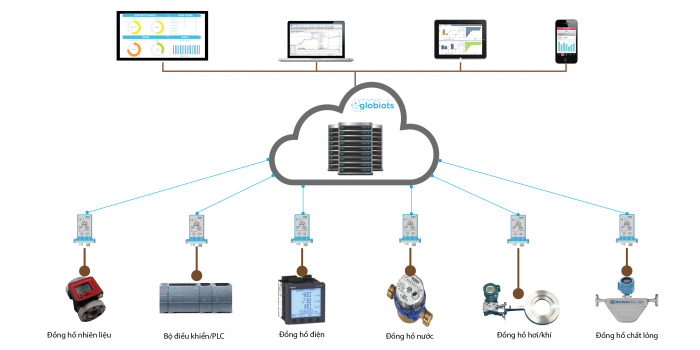
Figure 4.2. Globiots is an IoT platform aimed at industrial applications developed by Daviteq since 2012. Source: Daviteq
Globiots is an IoT platform that makes it easy for customers to connect machines, equipment, processes, people,… system to store data and help analyze to make timely decisions.
Advantage:
- High availability: The platform is built-in for connecting, storing and analyzing data, with dashboard and report interfaces available.
- Low risk: The level of risk is low, as Globiots are modularized and have an easy scale-up architecture. Customers can start with a small project, if successful, they can scale-up easily.
- Quick deployment: With just 2 simple steps, you can have a simple Smart Factory system, connect & configure.
- Ease of operation & maintenance: The deployment of hardware and software systems is done easily and quickly using the software tool on Globiots, done remotely.
- Open connection: The hardware enables open connectivity with many protocol standards in the industry such as ModbusRTU, ModbusTCP, EthernetIP, Profibus, CCLink, ProfiNET,…
- Flexible interface: Dashboard operating interface is a type of configurable, helping customers can actively configure according to their needs.
- Security: Protection technology with multiple-layer authentication makes data secure
- Easy to expand: Smart system architecture allows customers to add equipment, add parameters, add interface, add analytical functions, add users, add accounts at any time.
- Administrative connections: Easily connect to enterprise management information systems such as ERP, CRM,…
- No worries: Customers no longer have to worry about connectivity, communication, server, data storage, data management, data analysis, reliability and security. Customers just need to focus on building the app.
5. Applications
Smart factory: A smart factory will be comprehensively monitored for energy, environment, health of machines, to products, materials,…
Smart city: The Uptime and Readiness of BTS Stations are the key success factors in the Telecommunication Industry. To increase those factors, a smart connected remote monitoring system is needed. This system is to remotely monitor all the status of BTS stations like Energy, Power, Fuel, Temperature, Humidity, Security…. An alert will be triggered and notify back to the central or services team to act immediately.
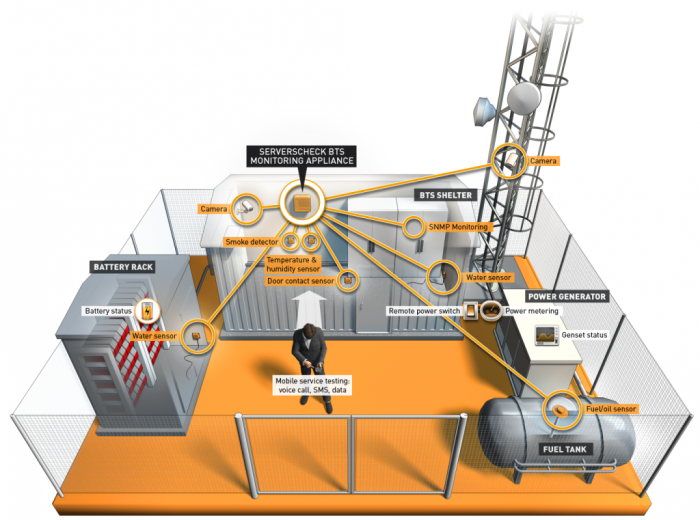
Figure 5.1. Lumitel uses Globiots for Remote Monitoring of their BTS Stations. Source: Daviteq
Smart trans: Fuel price is increasing day to day and is one of the biggest OPEX in the transportation industry. Therefore, fuel consumption management is one of the must-do activities for every transportation company. Moreover, it can help customers to detect immediately the event of fuel theft. The fuel monitoring for genset or heavy equipment to make sure their readiness of operation and prevent the Fuel theft.

Figure 5.2. Smart transportation. Source: Daviteq
Smart facility: Energy consumption management is very important in most Industrial Plants and Large Commercial Buildings. It affects their operation cost, environment regulation, corporate image…
Smart tower: The Uptime and Readiness of BTS Stations are the key success factors in the Telecommunication Industry. To increase those factors, a smart connected remote monitoring system is needed. This system is to remotely monitor all the status of BTS stations like Energy, Power, Fuel, Temperature, Humidity, Security….An alert will be triggered and notify back to the central or services team to act immediately.
Smart connected products: Unlike other machines, the readiness of the back-up Generator is the most important thing. Therefore, a remote system will continuously monitor the status of Genset like Battery voltage, Fuel level, Oil Pressure, Cooling temperature…to make sure your Genset is always ready and working properly. Moreovers, it can allow customers to start/stop the Genset remotely. Maintenance trips will also be reduced.
Pipeline monitoring solution: Monitoring the corrosion of gas pipelines from upstream platforms to downstream production plants is the most important work for a Gas company. However, the monthly services trip to the pipeline at off-shore will make the OPEX increase. A remote monitoring for corrosion is installed to help customers collect the corrosion data remotely everyday. They will help the right reports timely at lowest cost. The system can work with satellite and cellular networks.

Figure 5.3. Pipeline monitoring solution. Source: Daviteq
Production monitoring solution: Nowaday, modern manufacturing plants will have hundreds or thousands of CNC machines or robots to produce thousands pieces of parts or products a day. Therefore, the productivity of machine/robot, machine/robot health status and operating behavior of workers are the most key factors that must be monitored and controlled within limits. Those activities will help customers increase productivity, lowering the production cost, expand machine/robot life, and increase the skill of workers.
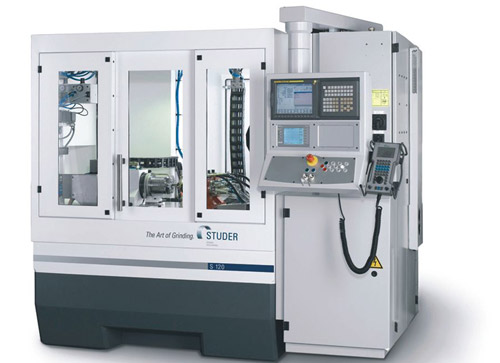
Figure 5.4. Bach Tung Mechanical utilizes Globiots for production monitoring. Source: Daviteq
6. Conclusion
As industry and society change in fundamental ways as a result of the “datafication” enabled by the Internet of Things, IoT platforms, such as Daviteq’s IoT Platform, will play a key role in ameliorating the challenges to realizing this vision. The IoT market is transitioning from isolated point solutions to a pervasive and common data infrastructure. Enterprises, telecoms, and government entities are all leveraging the new capabilities and functionalities of IoT applications to increase efficiencies and provide new value propositions.
IoT platforms serve to remove the complexity in developing, deploying, and managing IoT applications over the application lifecycle from the developer or implementer (whether an enterprise, government entity, or operator). Moreover, IoT platforms provide operators flexibility to choose various strategic approaches to the Internet of Things beyond simple managed connectivity offers. IoT platforms help operators to offer various types of value-added services to developers and implementers as well as complete, end-to-end IoT solutions in the market directly.
Tin mới
-
Edge Computing: Visions and Challenges
20/06/2022
-
DAVITEQ IN SMART CITY ASIA 2022
02/06/2022









